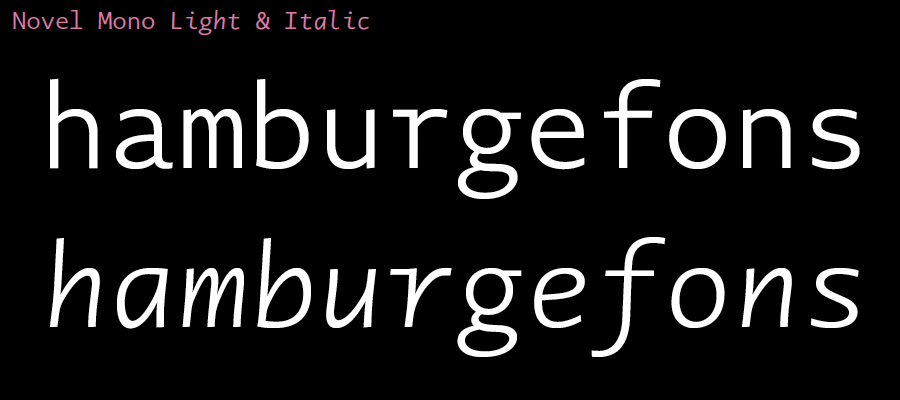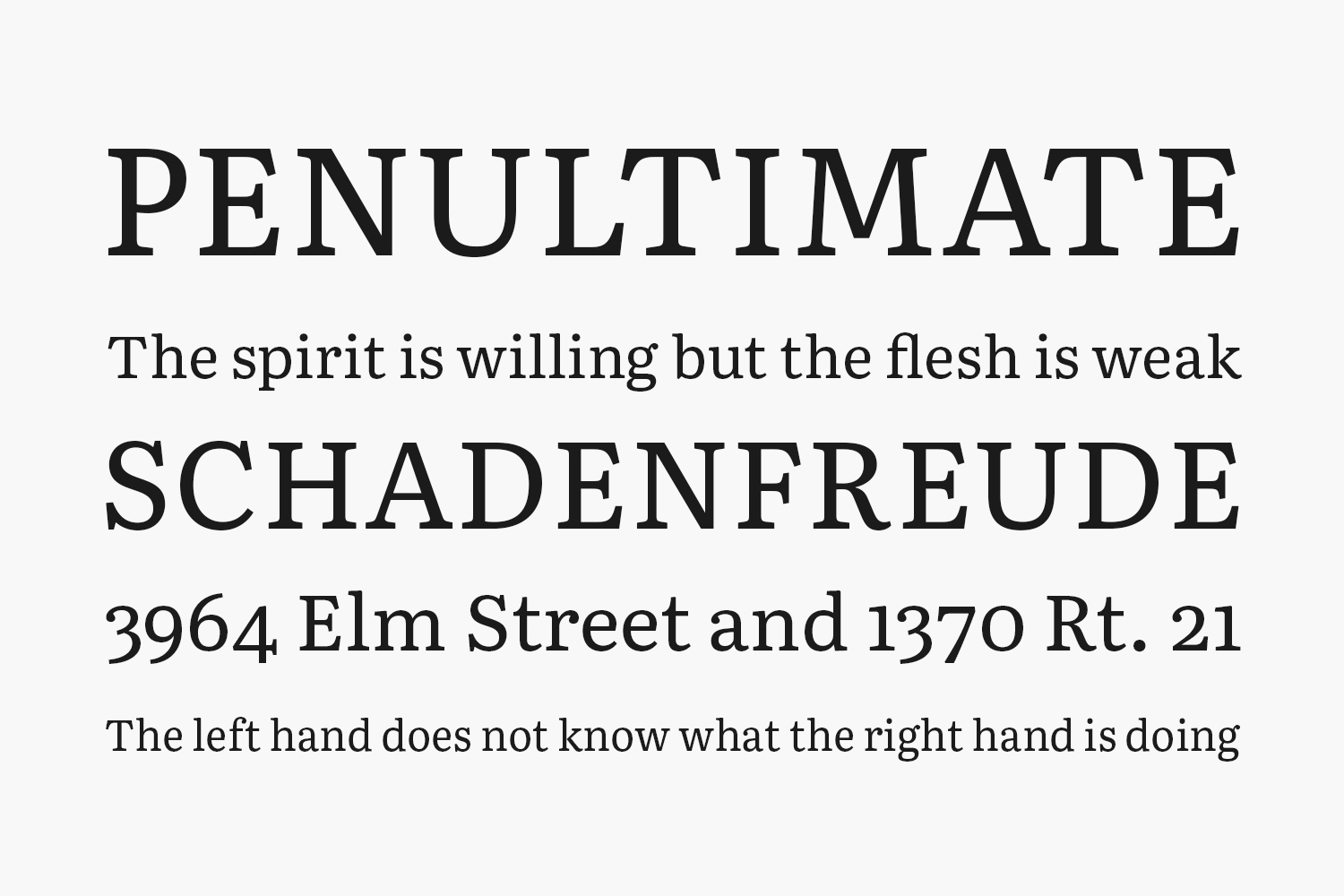

To serif or not to serif?Īlthough you may not know the serif by name, you’ll definitely have noticed these little lines or strokes coming off the end of letters in certain fonts like Times New Roman (and the modified Times font that we use here on the Reedsy blog!). Though you obviously want your font to look nice on the page, it also needs to do its job and be easily readable so that readers can immerse themselves in your words without getting distracted or having to decipher what things say. It may be the most gorgeous thing to look at, but if it’s uncomfortable to sit on, then what use is it really? The same goes for fonts. Having said that, there are a few things that any discerning book designer will want to keep in mind.

With the exception of a few universally reviled typefaces - cough cough, Comic Sans - almost any legible font can be considered.
#Novel manuscript fonts how to
How to choose a book fontĬhoosing the 'right' font to use for a book's body matter often comes down to individual taste. However, for convenience’s sake, we’re going to be using the term ‘font’ to refer to both the overall styles of type and their variations. ‘Fonts’, on the other hand, are size, weight and style variations on typefaces, like 12 pt Times New Roman bold and 14 pt Arial italic. True typography experts will be quick to point out how the term ‘font’ is commonly misused in everyday, non-technical conversation.įor typographers, ‘typefaces’ are different lettering designs, like Times New Roman and Arial. Before we get started, let’s clear up a terminological detail.


 0 kommentar(er)
0 kommentar(er)
